Wrocław, once a thriving city known as Breslau, found itself at the heart of World War II’s devastation. Declared a fortress, it faced relentless bombing and fierce urban combat, transforming the vibrant metropolis into a battlefield of destruction. Over 70% of the city’s buildings were reduced to rubble, and its population dwindled. Yet, amidst the ruins, remnants of Breslau’s resilience and the haunting legacy of the Nazi regime’s final stand remain. Explore this captivating narrative of a city that once was, only to be reborn from the ashes of war.
Key Points
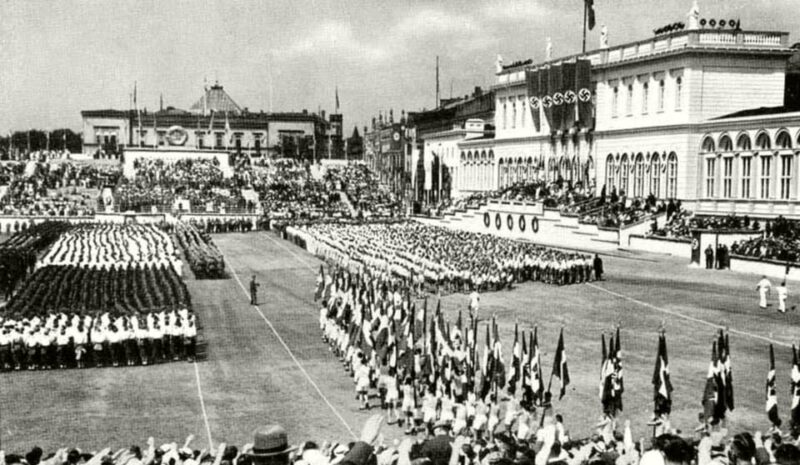
- Formerly known as Breslau, Wrocław was the capital of Silesia and had strong ties to the NSDAP movement since the early 1930s.
- Wrocław was declared "Festung Breslau" in 1945 due to its strong Nazi presence, leading to extensive destruction during World War II.
- Over 70% of Wrocław’s buildings were destroyed, and its population was reduced from 600,000 to 190,000due to severe food and supply shortages, bombing raids, and brutal fighting.
- Remnants of Wrocław’s wartime experience, such as underground bunkers and historical sites, can still be seen throughout the city.
- The extensive rebuilding process in the postwar era, including the restoration of key landmarks, has transformed Wrocław into a vibrant city that reflects its resilience.
Tour Overview and Details
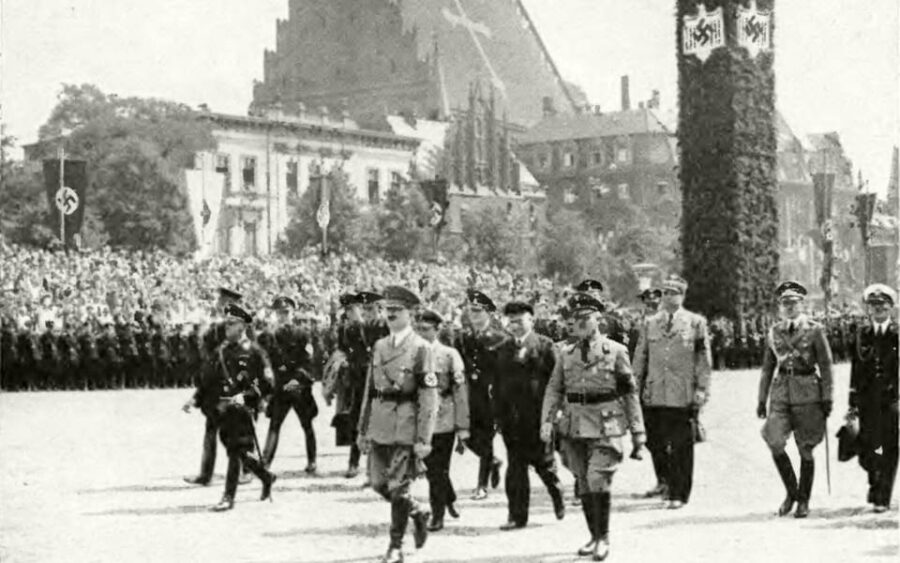
The tour runs for 2 hours and starts at Restauracja Piwnica Świdnicka in Wrocław, with a live guide available in Polish and German.
Priced at €140.10 per group of up to 14 participants, the tour offers flexibility with a free cancellation policy up to 24 hours in advance. Visitors can take advantage of the ‘reserve now, pay later’ option.
The tour is wheelchair accessible, allowing everyone to explore Wrocław’s wartime history.
Throughout the experience, you will encounter remnants of the city’s turbulent past, including underground bunkers and historical sites that bear witness to the significant destruction that befell Breslau during the final days of the war.
Want to dig deeper into Wroclaw? We've also reviewed these city tours
Historical Context of Wrocław
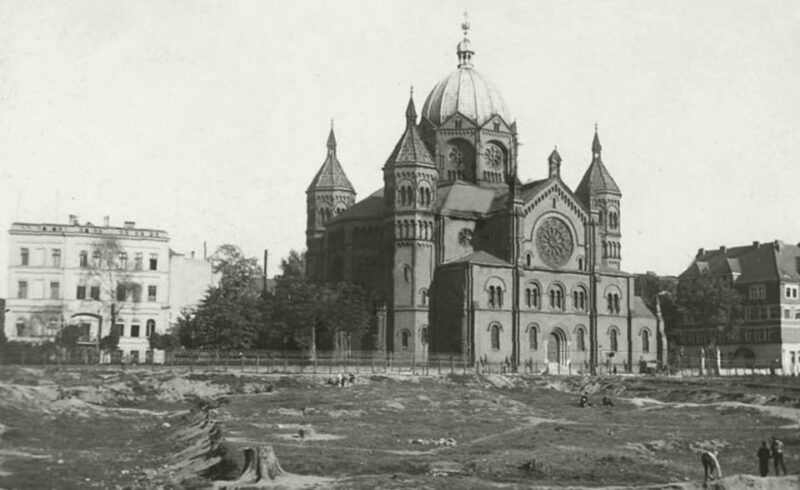
Wrocław, formerly known as Breslau, was the capital of Silesia and had a strong association with the NSDAP movement in Germany since the early 1930s.
The largest NSDAP headquarters in Eastern Germany was located in Wrocław. Hitler visited Breslau multiple times, and the city was eventually declared Festung Breslau in 1945.
This strong Nazi presence in Wrocław led to significant destruction of the city beginning in 1945. The city’s history during this period reflects the broader impact of World War II on the region, as the once-thriving capital of Silesia was transformed by the conflict.
Itinerary Highlights
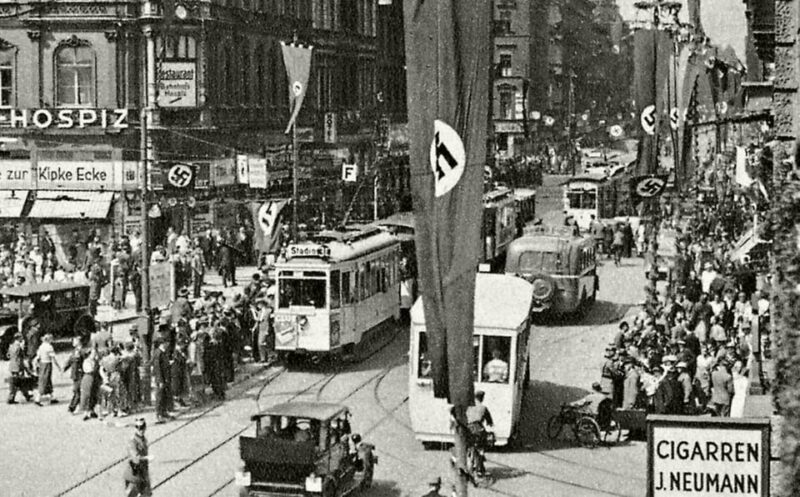
The tour begins at Market Square near the Old Town Hall, which survived the war.
Visitors then move to Solny Square, the site of the city’s first bunkers.
Next, they explore Castle Square, the location of Nazi parades and Hitler’s speeches from the Monopol Hotel.
The tour continues down Świdnicka Street, where the Soviet Army entered Breslau in 1945.
Afterward, participants visit Partisan Hill, the site of the Breslau Fortress command and its underground bunkers.
The tour concludes with views from Ceglarskie Hill overlooking Ostrów Tumski, a site of fierce battles in 1945.
Wartime Breslau and Its Inhabitants
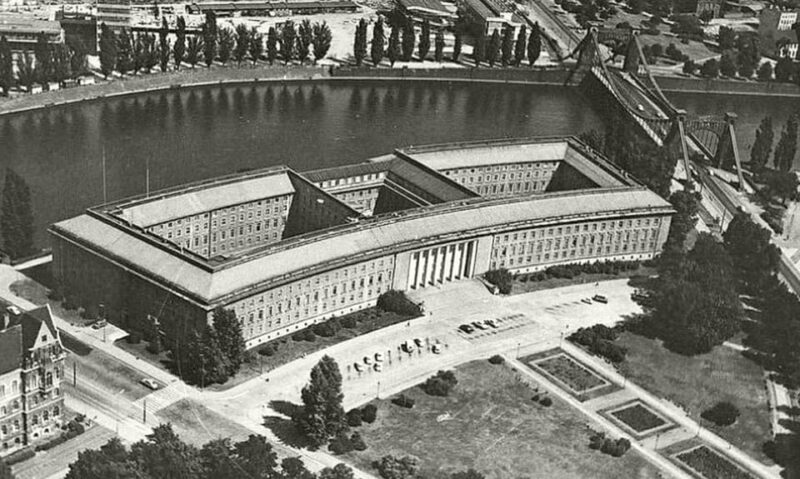
Breslau’s inhabitants endured immense hardships throughout the war, as the city’s strategic importance and defense against advancing Soviet forces led to its declaration as the Festung Breslau in 1945.
Citizens faced severe food and supply shortages, relentless bombing raids, and mandatory labor duties. Many perished in the brutal fighting as the Red Army eventually captured the city in May 1945.
The siege left Breslau in ruins, with over 70% of its buildings destroyed. Its population plummeted from over 600,000 before the war to just 190,000 by the end of hostilities.
The once-vibrant city lay in devastation, its people having suffered tremendously under the Nazi regime’s desperate final stand.
More Great Thing To Do NearbyWartime Destruction and Devastation
Extensive bombing raids and fierce urban combat during the final stages of World War II reduced much of Wrocław, formerly Breslau, to rubble. By the time the Red Army captured the city in May 1945, it lay in ruins, with an estimated 70% of buildings destroyed. The once-proud capital of Silesia had been transformed into a battlefield, ravaged by years of war and occupation.
The devastation was widespread:
-
The historic Old Town, including the famous Market Square, was left in tatters.
-
Major landmarks like the Monopol Hotel, site of Nazi rallies, were reduced to rubble.
-
Residential neighborhoods were decimated, leaving thousands of civilians homeless and displaced.
-
The city’s infrastructure, including bridges and utilities, was significantly damaged or destroyed.
Remnants of War and Resistance
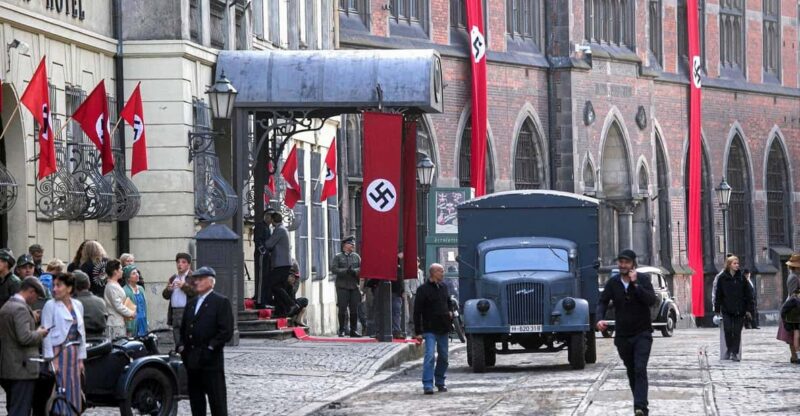
Despite the extensive damage, remnants of Wrocław’s wartime experience can still be found throughout the city.
Underground bunkers and historical sites bear witness to the city’s tumultuous past, offering visitors a glimpse into its World War II legacy.
Partisan Hill, for instance, was the site of the Breslau Fortress command and its intricate system of underground shelters.
Elsewhere, Solny Square marks the location of the city’s first air raid bunkers, a chilling reminder of the horrors faced by its inhabitants.
Even the iconic Market Square, with its reconstructed Old Town Hall, serves as a poignant symbol of Wrocław’s resilience in the face of devastation.
Postwar Transformation and Reconstruction
In the aftermath of the war, Wrocław underwent an extensive rebuilding process, as the city’s infrastructure and architectural landscape had suffered immense damage during the fierce battles that raged within its streets.
The reconstruction efforts were immense and included:
-
Repairing damaged buildings and clearing rubble from the streets.
-
Restoring key landmarks and historical sites, such as the Old Town Hall and Ostrów Tumski.
-
Redesigning and modernizing the city’s urban planning, with a focus on creating more functional and livable spaces.
-
Integrating the influx of Polish residents who’d previously lived in the eastern territories ceded to the Soviet Union.
Through these tireless efforts, Wrocław gradually emerged from the ashes of war, reclaiming its identity and charting a new course for the future.
Exploring Ostrów Tumski
As the tour concludes at the former NSDAP headquarters in Breslau, visitors now have the opportunity to explore Ostrów Tumski and its monuments independently. This historic island on the Odra River was the site of fierce battles in 1945 as the Soviet Army fought to capture Breslau. Today, visitors can discover the island’s cathedrals, bridges, and other remnants that survived the war.
| Historical Landmarks | Description |
|---|---|
| Wrocław Cathedral | Gothic cathedral dating back to the 13th century |
| Ostrów Tumski Bridge | Iconic bridge connecting the island to the mainland |
| Archdiocesan Museum | Houses religious artifacts and artwork |
| Ceglarskie Hill | Offers panoramic views of Ostrów Tumski |
Exploring this peaceful island offers a chance to reflect on Wrocław’s tumultuous past and its resilience in the face of war.
Frequently Asked Questions
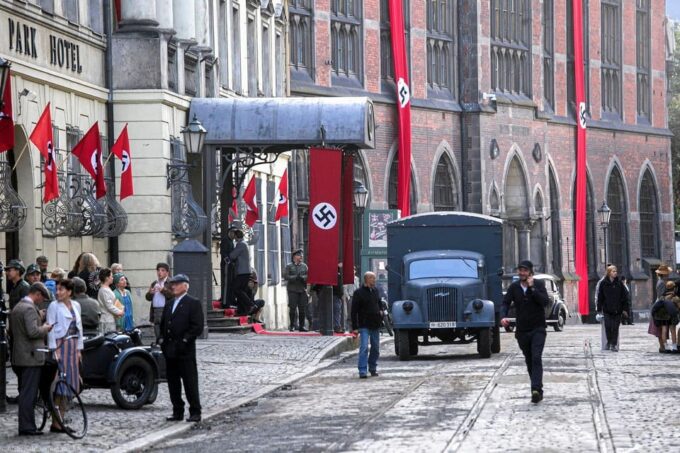
How Does the Nazi Regime’s Control of WrocłAw Differ From Other German Cities?
The Nazi regime’s control of Wrocław was more pronounced than in other German cities, as it served as the largest NSDAP headquarters in Eastern Germany and was the site of Hitler’s frequent visits and speeches.
What Is the Current State of the Underground Bunker System in WrocłAw?
The underground bunker system in Wrocław remains largely intact, though access is restricted. Many bunkers have been preserved as historical sites, offering glimpses into the city’s wartime past and the harsh realities faced by its inhabitants.
How Have the City’s Landmarks and Memorials Evolved Since the War’s End?
The city’s landmarks and memorials have been gradually restored and repurposed since the war’s end. Many sites now commemorate the resilience and rebirth of Wrocław, though some remnants of wartime destruction still remain visible.
What Role Did the Polish Resistance Play in WrocłAw During the Conflict?
The Polish resistance in Wrocław played a significant role in the city’s wartime conflict, conducting guerrilla operations and sabotage against German forces. They fought to undermine the Nazi occupation and support the eventual liberation of the city.
Are There Any Personal Stories or Accounts From WrocłAw’s Residents During the War?
Wroclaw’s residents experienced immense hardship during the war. Many endured bombings, shortages of food and supplies, and witnessed brutal fighting between German forces and the advancing Red Army. Personal accounts describe the fear, loss and resilience of the city’s population.
Recap
Wrocław’s wartime history is a poignant reminder of the devastation wrought by conflict.
Though much of Breslau’s former grandeur lies in ruins, the city’s resilience shines through in the preserved remnants that stand as testaments to its turbulent past.
Today, Wrocław has been reborn, blending its storied history with a vibrant, forward-looking present – a testament to the human spirit’s capacity to overcome even the darkest of times.
You can check if your dates are available here:More City Tours in Wroclaw
- Wroclaw Different – Secrets of the City, 2 Hours. 1-9 People
- Wroclaw Grand City Private Tour With Japanise Garden and Panorama Painting
- Dwarf Hunting – Fun City Game in Wroclaw
- Wroclaw to Rock City Adrspach in Czech Republic Private Tour Including Tickets
- Wroclaw: City Tour Sightseeing Golf Cart Old City+Cathedral
- Wroclaw: City Tour Sightseeing By Golf Cart Shared Or Privat
More Tour Reviews in Wroclaw
- Private Transfer Arrival or Departure: Wroclaw – Katowice Airport (Pyrzowice)
- Taste Polish Vodkas With a Local in Wroclaw
- Private Transfer Arrival or Departure: Wroclaw – Opole
- Wroclaw Tour With Electric Bus, 2 H (English Guide) 5-13 People
- Wroclaw to Prague Day Trip
- Private Transfer Arrival or Departure: Wroclaw – Berlin
Not for you? Here's more things to do in Wroclaw we have recnetly reviewed
- 17 Best Cruises And Boat Tours In Wroclaw
- 4 Best Full-Day Tours In Wroclaw
- 4 Best Food Tours In Wroclaw
- 3 Best Private Car With Driver Services In Wroclaw
- Wroclaw: Multimedia Fountain Evening Show
- Private Transfer From Wroclaw (Wro) Airport to Wroclaw City Centre
- Wroclaw to Ksiaz Castle Tour With Private Guide & Transfers
- Wroclaw Tour With E-Bus, 2 H (English Guide) Group 1-4 People.
- Wrocław, City Tour With 5 Entries and a Boat Ride, 5 Hours (Group 1-15 People)
- Wroclaw Outdoor Paintball With Hotel Transfers
- A Yuletide Adventure Through Wroclaw Streets
- Private Transfer Arrival or Departure: Wroclaw – Warsaw
